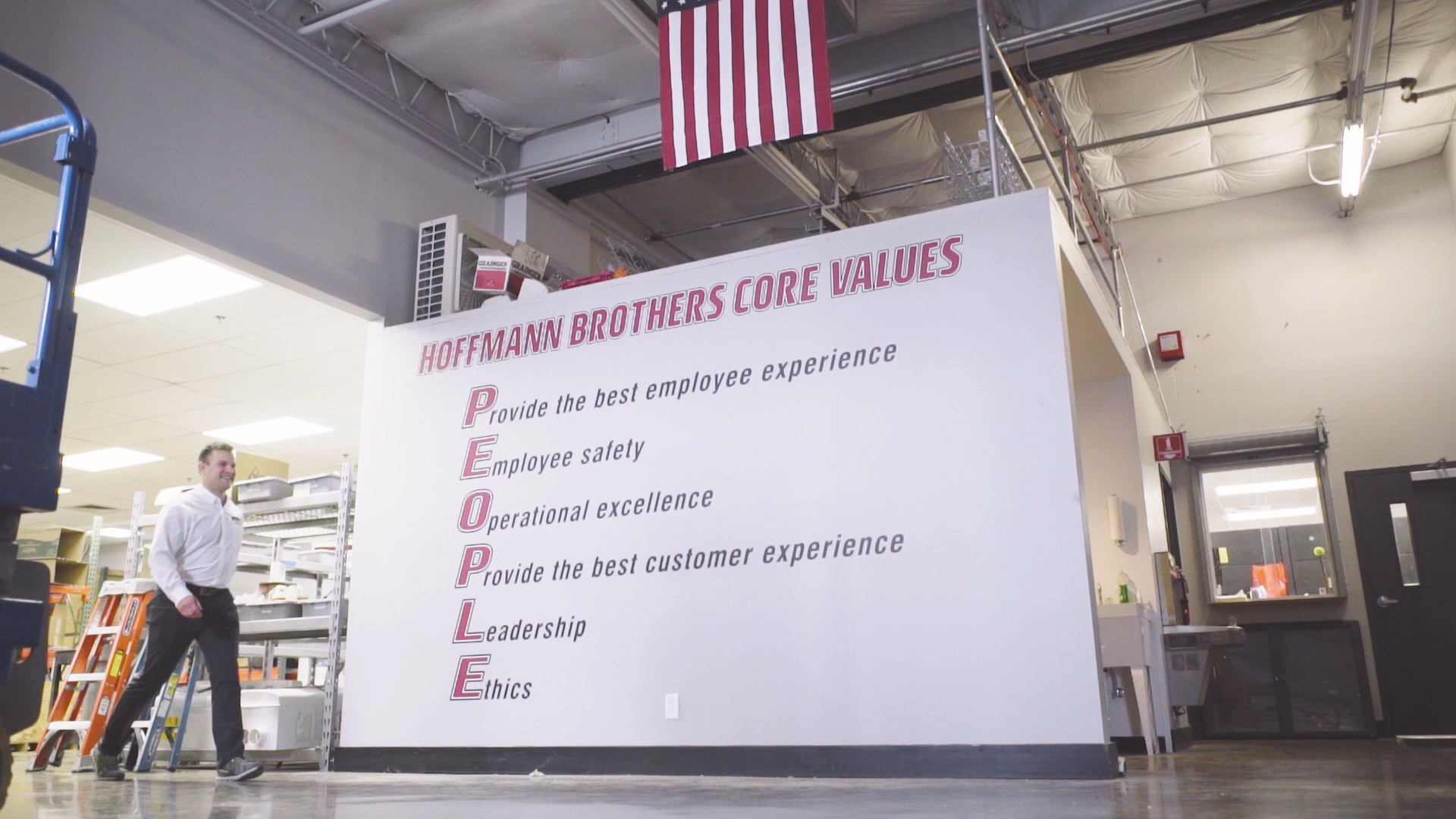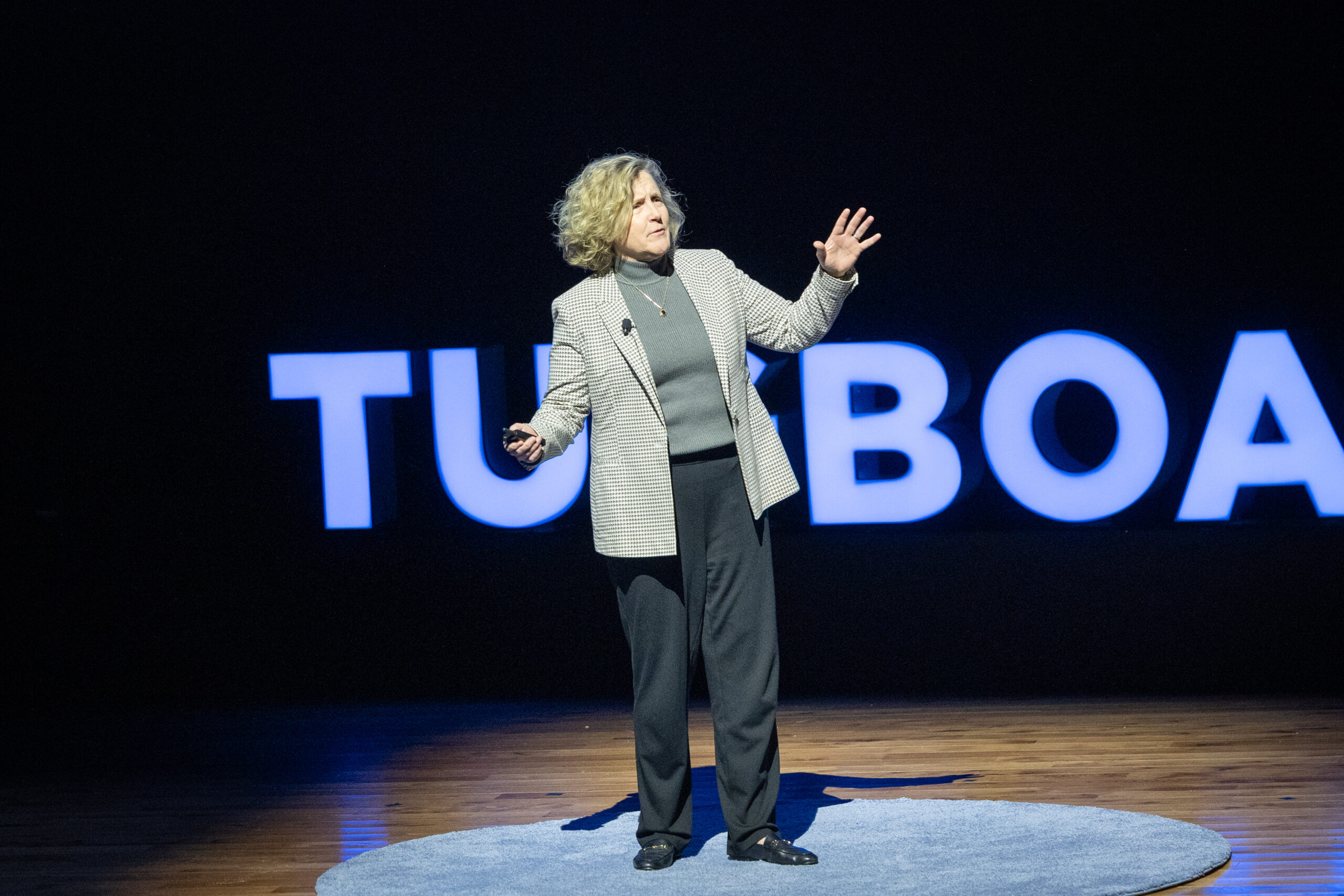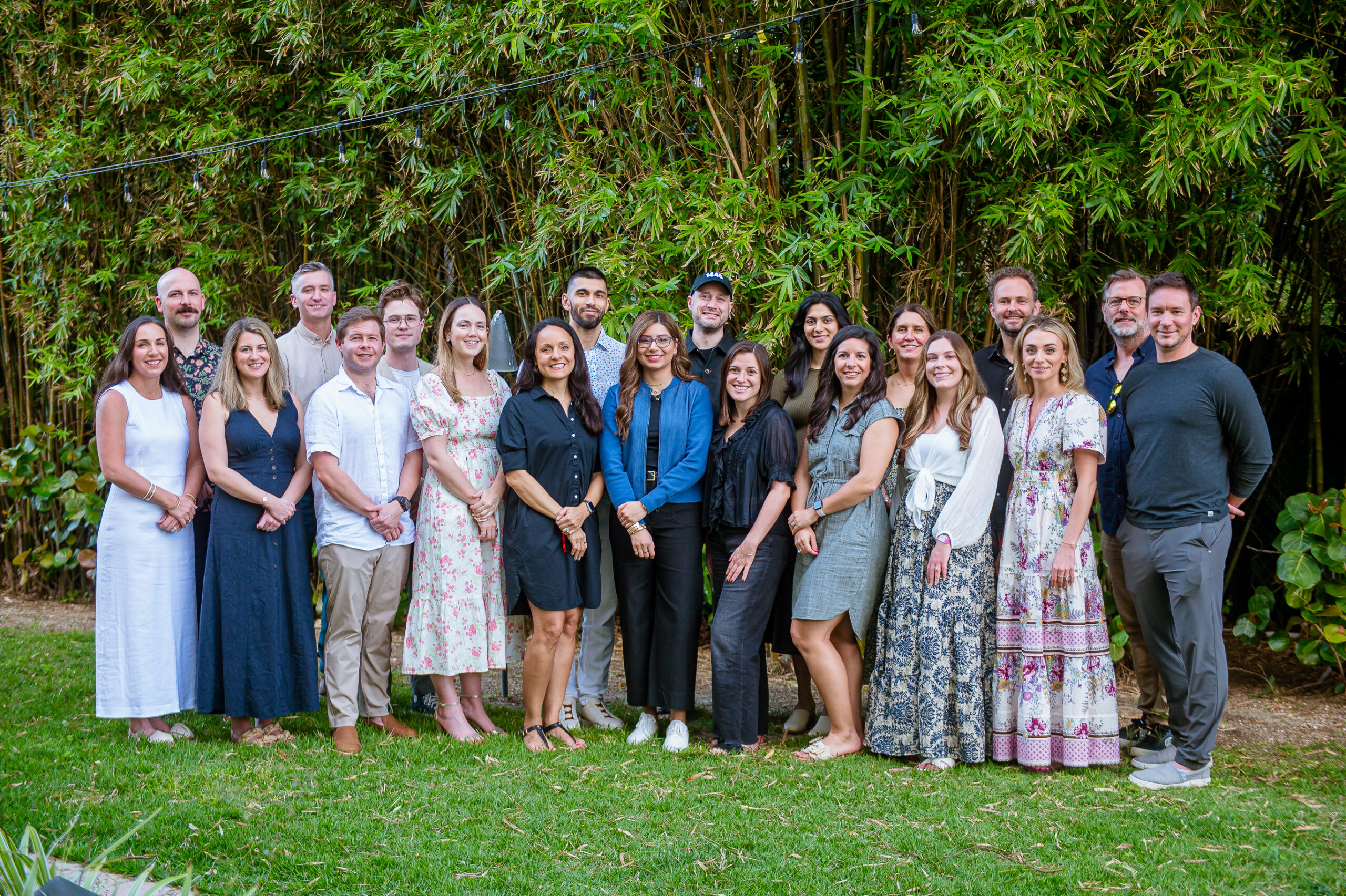

Win the Talent War by Investing in People First
- Chris Hoffmann
- Hoffmann Brothers
Amid the Great Resignation and an overheated talent war we haven’t seen in decades, finding ways to put People First is a vexing question for entrepreneurs in almost every industry. Before I share how we’ve answered it in our Evergreen company, it makes sense to start with a brief history.
My father started Hoffmann Brothers back in 1988. He was a mechanical engineer at the time, working here in St. Louis for Anheuser-Busch, and he worked closely with a mechanical contractor to air condition several of their facilities. He really loved the exposure to the HVAC space. He’d wanted to get in business for himself for some time, so he put in his two-week notice with Anheuser-Busch, joined a small, four-person heating and cooling shop, and enrolled in a local trade school at night—making him the first mechanical engineer with a professional engineer license to enroll in this trade school and complete the program. From the start, the business focused on delivering superior service, and my father realized early on that in order to deliver maximum value, it was essential to attract—and equally important, retain—the right people. The roots of our People First philosophy were there right from the beginning.
My chapter at Hoffmann Brothers began in 2016, when I left the Marine Corps and used the G.I. Bill to attend business school. After graduating, I joined the company along with my brother, who is also a mechanical engineer. As a Marine, I learned what it means to be a servant leader. I was inspired by Simon Sinek’s Leaders Eat Last, and I hadn’t just read about it, I had gotten to use it and develop my skills through my time as a Marine. As a result, when I stepped out of the Marines and entered our family business, I had an acute sense of the importance of taking care of one’s team.
During my transition from the Marine Corps to the for-profit world, I quickly learned that the latter does not overly concern itself with the personal lives of team members. Except perhaps when personal lives begin to have a negative effect on productivity in the workplace, “Leave your problems at the door,” whether stated or implied, is a mantra familiar to many businesses.
In the Marine Corps, being “mission ready” meant that your Marines were fully prepared for what was to come, both with respect to the professional competencies that have been honed through rigorous training, and with respect to personal affairs on the home front. As a leader of Marines, I loved that my role meant that I was holistically responsible for the people I led. Leaders of high-performing private businesses must take a similar approach if they wish to persevere in the face of the talent challenges that we face in 2022.
Compensation, Benefits, and Culture
Guided by this mindset, when my brother and I joined the company, we doubled down our father’s value of putting our people first. What does that look like? For starters, we’ve incorporated some traditional techniques, like offering competitive salaries and benefits, but we’ve taken them to the next level. We pay 100% of health insurance for employees and their entire families. Among our peer group in the national market, we are the only company that does this. For family coverage, that’s over $16,000 per year per employee. We also offer an 8% 401(k) match and a generous paid vacation, starting on day one. These benefits are expensive, but that’s what gets people talking and helps us attract and retain the best talent in the market.
We’re a service business, which traditionally means demanding, on-call, 24-hour-service work schedules. But we want to protect our employees’ weekends and late hours as well, so we did something counterintuitive in our industry: we eliminated 24-hour on-call and scheduled calls on Sundays.
As we evaluate expansion markets in new geographies, we consider the opportunity created by the current pay and benefit landscape within a given market. For example, given that our largest constraint to growth continues to be access to the best and brightest talent in the skilled trades, as we look for opportunities to expand, we target markets where the benefits we can offer are not currently offered by existing employers, like our 100% paid health benefits for employees and families. This approach has allowed us to quickly build a strong reputation among the candidate pool in new markets, and therefore we are able to rapidly scale with team members who can meet our high quality and customer service standard.
Internal Talent Pipeline
As the talent pool of skilled trade workers has become increasingly tight, we are asking ourselves the same question a lot of businesses are asking: How do you find really good people? To address this, we’ve taken our People First mindset a step further. Over the past two decades, our society has encouraged people to attend four-year universities, where they walk away up to $150,000 in debt, rather than pursue trade careers that pay incredibly well and come with a significantly lower cost of education. But even the cost of trade school, which can be around $20,000, is prohibitive for some, especially for 30- and 40-somethings with families who want to switch careers. The result is that there are not enough HVAC technicians, plumbers, or electricians in the country right now. Rather than fight for a finite number of workers, we’re digging our own well.
How? We are building our own school. Our approach is simple: we’ve identified a minimum set of competencies that are necessary to create a technician capable of producing independently. If you come to our school, we will equip you with that set of competencies and we are going to do that in just 16 weeks. And we’re going to pay you $18/hour while you’re doing it. When you graduate, you’re on the path to an $80,000 or $90,000 job within four years. While it appears to be an expensive investment, I find it a highly attractive program for finding, developing, and retaining great new team members who I hope will make a career out of working at Hoffmann Brothers.
Another part of this initiative targets employees at the leadership level. In 2022, we are investing heavily in leadership development in order to allow leaders at every level of our business to reach their full potential. Our leadership program was developed through a comprehensive design process, which began with the identification of our ‘core business drivers.’ We then mapped these core business drivers to a specific set of leadership competencies at all levels within our organization. For example, the “executive” leadership competency model will look different than our “field manager” leadership competency model. Having identified the competencies, we can now shift our focus to curriculum design and delivery. It took our field managers over ten years to become masters of their trade, and as they transition to their new leadership roles, we must be just as intentional about their leadership development as we have been about their technical skills progression.
Signs of Success
We are, of course, interested in evaluating how well our efforts and investments are working, and how they are paying off. On the employee satisfaction side, the statistic I am most proud of is our retention rate. Pre-COVID, our retention rate was 96%. Despite all the madness in the job market now, we’re still at 88%. In light of the challenges we’re facing, including the intense competition for talent, we feel great about that number.
In 2016, we had 50-55 employees and we were a $10 million business. Today, we have expanded into Nashville and grown locally, we have 300 employees, and we ended 2021 as a $55 million business. We’ve experienced 30% organic growth each year since 2016, and in 2022 we are budgeted to reach $78 million across our St Louis and Nashville markets. It appears to be working.
Evergreen® Takeaways
What we know and what we have learned as an Evergreen company is that employees today are not just looking to clock in and out and collect a paycheck. There must be Purpose behind the work that they are doing and the company that employs them. They have to feel that they are part of a collective effort, working in a place that cares about them and develops them, and where they can make a difference.
Every business in the world likes to say they’re People First. It’s easy to say. Find me a business that doesn’t say it. But how does People First actually show up in your business? For us, it’s several good, caring ideas executed well.
More Articles and Videos

Both/And Thinking: Harnessing the Positive Potential of Tensions
- Marianne Lewis
- Carl L. Linder College of Business, University of Cincinnati

Leading Through Uncertainty – Tugboat Institute® Summit 2025
- Jackie Hawkins
- Tugboat Institute

Get Evergreen insight and wisdom delivered to your inbox every week
By signing up, you understand and agree that we will store, process and manage your personal information according to our Privacy Policy




